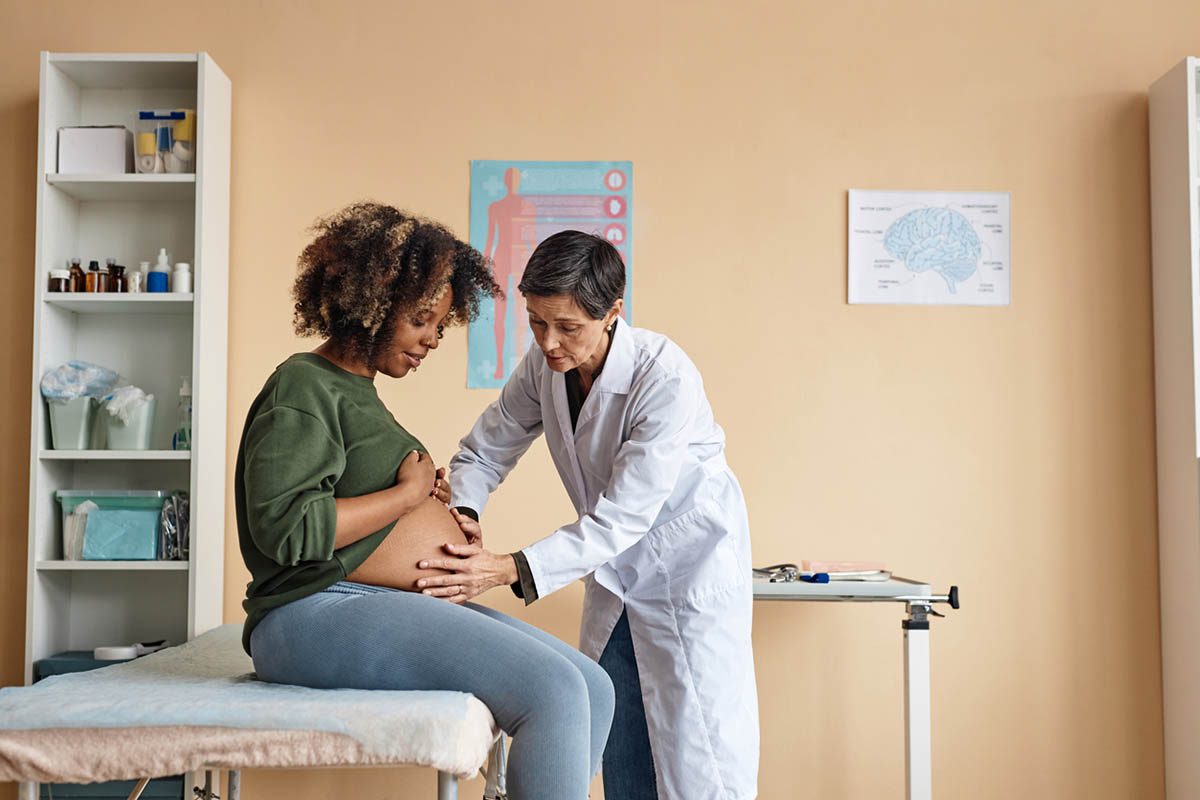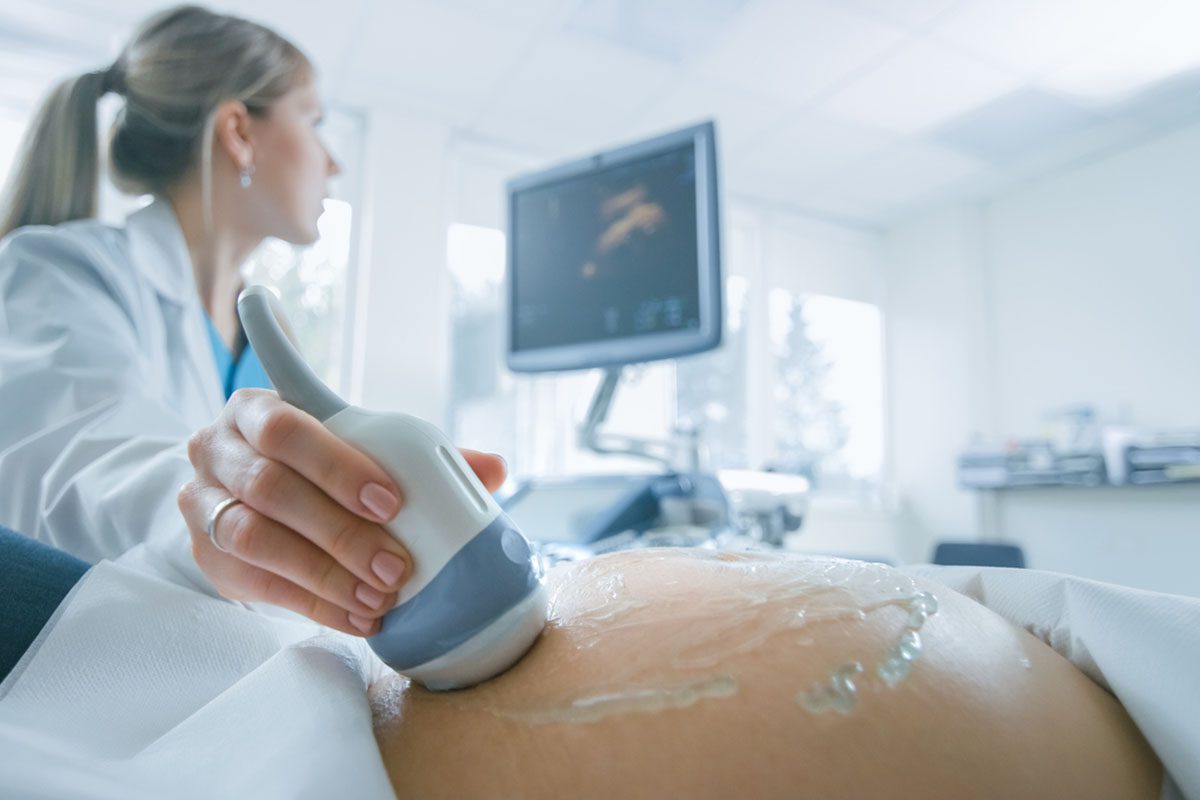J Clin Psychiatry 2022;83(6):22lr14566a
To cite: Andrade C. Addressing the problem of prescription of valproate to women of childbearing age: reply to Tastenhoye et al. J Clin Psychiatry. 2022;83(6):22lr14566a.
To share: https://doi.org/10.4088/JCP.22lr14566a
© 2022 Physicians Postgraduate Press, Inc.
aDepartment of Clinical Psychopharmacology and Neurotoxicology, National Institute of Mental Health and Neurosciences, Bangalore, India
*Corresponding author: Chittaranjan Andrade, MD, Department of Clinical Psychopharmacology and Neurotoxicology, National Institute of Mental Health and Neurosciences, Bangalore 560 029, India ([email protected]).
See letter by Tastenhoye et al, article by Andrade et al, and editorials by Freeman and Goldberg
To the Editor: I thank Dr Tastenhoye and colleagues1 for their interest in our study.2 Tastenhoye et al1 found that, in a tertiary care women’s hospital in the US at which the highest standard of care could be expected, as many as 17 women of potentially reproductive age received valproate during a period of inpatient management; negative pregnancy tests were obtained in only 6 of these women, and 3 women were actually pregnant while receiving valproate.
In our own audit2 of 10,000 consecutive prescriptions issued to psychiatry, neurology, and neurosurgery outpatients, we found that valproate was included in nearly 17% (n = 647) of prescriptions issued to women (n = 3,837); of these, 71% (n = 460) were in the 15–45 year age band. Because no denominator is stated by Tastenhoye et al,1 the magnitude of the deviation from the ideal cannot be estimated as it was in our study. The ideal, of course, is no prescription of valproate to women of reproductive potential because the drug is associated with an unacceptably high risk of morphological and neurodevelopmental teratogenicity.3
Whereas deviations from the ideal may be inevitable in contexts in which other treatment options are unavailable or are available but do not work, the presence or absence of such contexts could not be determined in either our study2 or that by Tastenhoye et al.1 Finally, we could not ascertain in our study2 about checks, balances, guidance, and documentation associated with the prescription of valproate, but Tastenhoye et al1 did provide information and offered recommendations in this regard.
I agree with Tastenhoye et al1 that physician education is necessary but continue to believe that, especially in countries in which the continuing medical education structure after graduation is weak, strong regulatory guidance is also necessary to reduce reproductive risks related to valproate use.3 At the very least, individual units, such as departments or hospitals, should develop their own standard operating procedures for risk minimization.
Published online: October 12, 2022.
Relevant financial relationships: Please see https://www.psychiatrist.com/jcp/depression/understanding-and-managing-antidepressant-withdrawal-syndromes/.
Funding/support: None.
References (3)

- Tastenhoye C, Amin P, Imhoff A, et al. Valproate prescribing practices in individuals of childbearing age at a tertiary care women’s hospital. J Clin Psychiatry. 2022;83(6):22lr14566.
- Andrade C, Jyothi SA, Renitha T, et al. Use of valproate in women: an audit of prescriptions to 10,001 psychiatry, neurology, and neurosurgery outpatients. J Clin Psychiatry. 2021;83(1):21m14023. PubMed CrossRef
- Andrade C. Valproate in pregnancy: recent research and regulatory responses. J Clin Psychiatry. 2018;79(3):18f12351. PubMed CrossRef
This PDF is free for all visitors!





